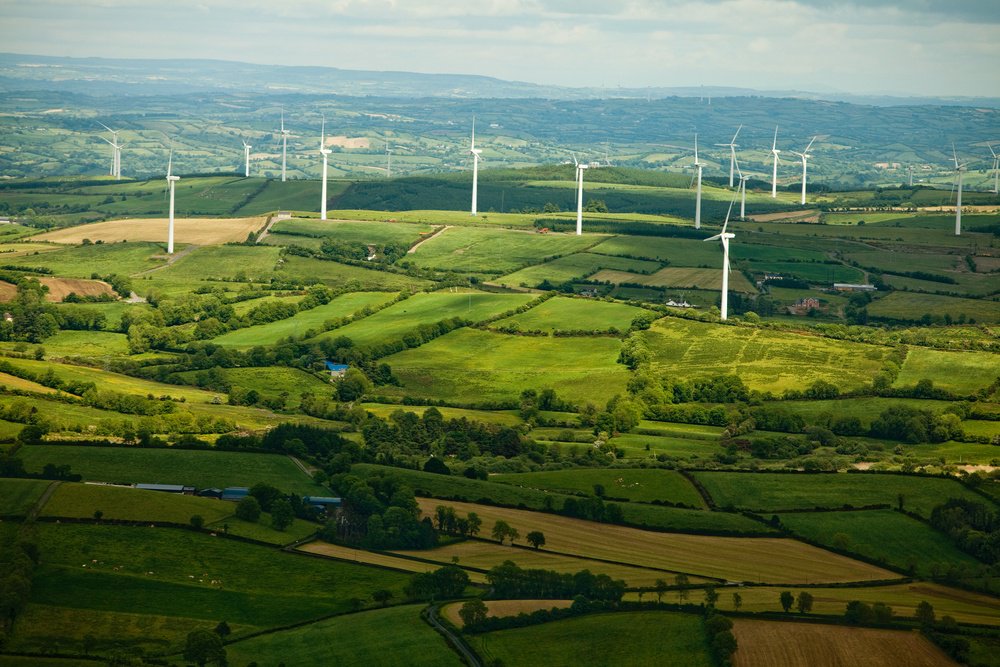Renewable generation was up 32% year-on-year during Q2 2020, as the COVID-19 lockdown made Britain’s electricity ‘cleaner and cheaper, but harder to control’.
According to the latest Drax Electric insights report, April to June 2020 was the cleanest quarter ever, with carbon intensity falling to an all-time low of 21 g/kWh on the Spring Bank Holiday thanks to surging renewables and low demand. During this period, electricity output from wind, solar and biomass were each up by more than 10% compared to the same quarter in 2019.
Record wind generation kept coal off Britain’s grid for an unprecedented 67 days, the longest period since the Industrial Revolution.
The report, compiled by academics from Imperial College London for Drax Electric Insights, shows that exceptional weather propelled renewables to make up the greatest share of the electricity mix ever. They provided almost 70% of Britain’s electricity on 6 April, with wind alone providing 57.7% of the mix.
Dr Iain Staffell of Imperial College London, and lead author of the quarterly Electric Insights reports, said the past few months had given Britain a “glimpse into the future for our power system”.
“To help the country decarbonise further it is vital that flexible technologies which provide power and system stability play an increasing role in our grid.”
While the surging renewable generation helped bring down carbon intensity to just 153 g/kWh on average, the challenge of keeping the grid balanced grew. As National Grid ESO worked to balance the lowest levels of demand this century – which fell below 17GW on 28 June – balancing costs jumped 39% compared to the same period last year, hitting £718 million according to grid operator.
Britain’s pumped hydro storage power stations supplied a record 7.9% of the country’s power on 25 May, to help balance demand.
Read more: Current
